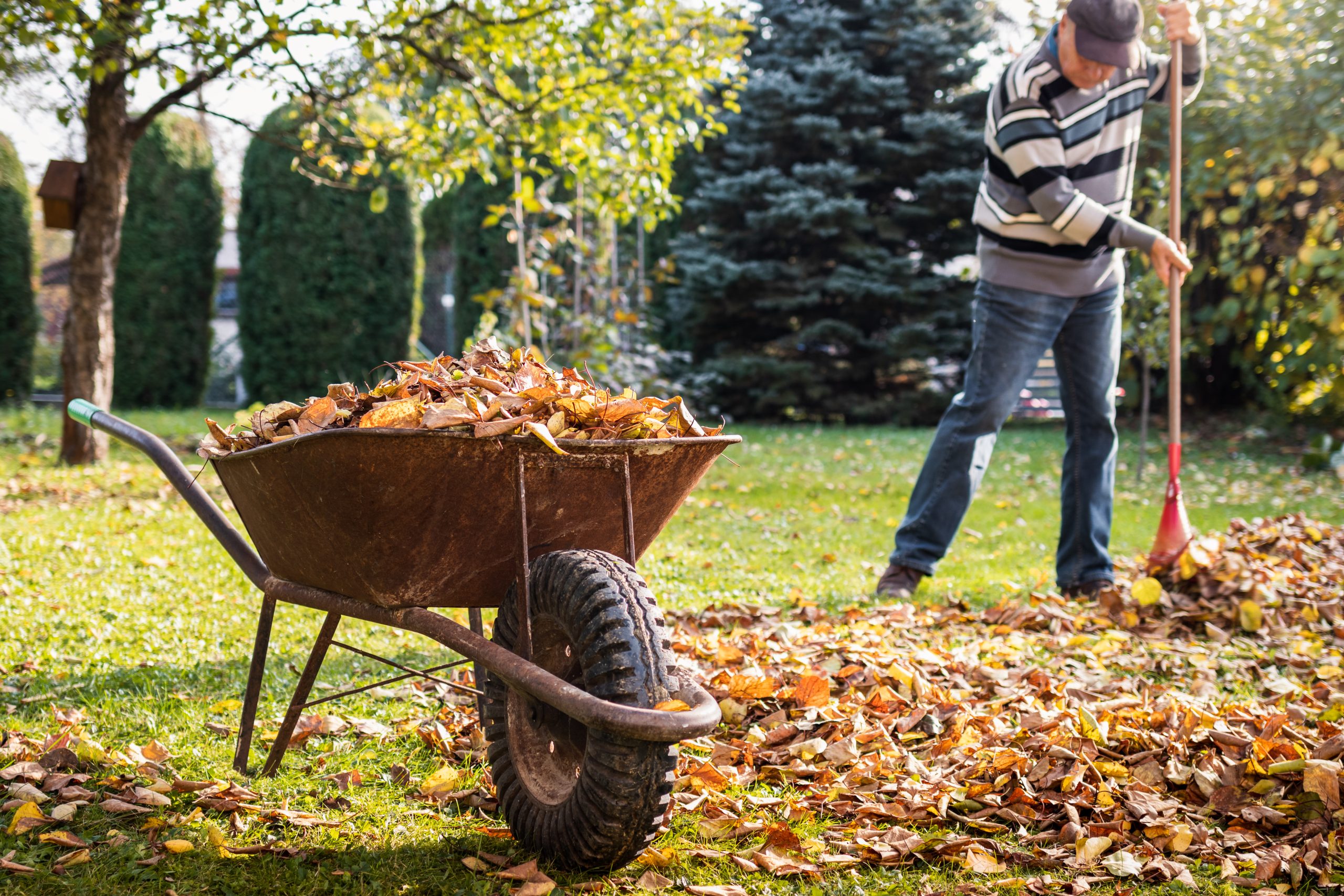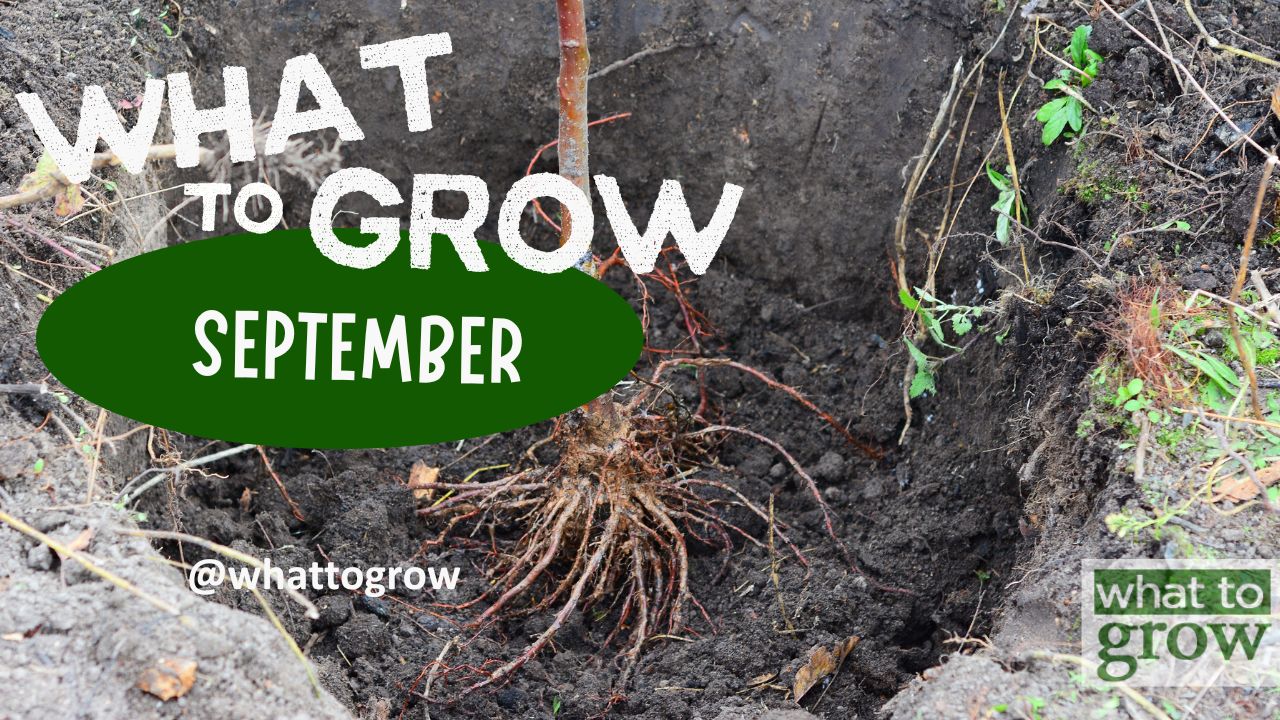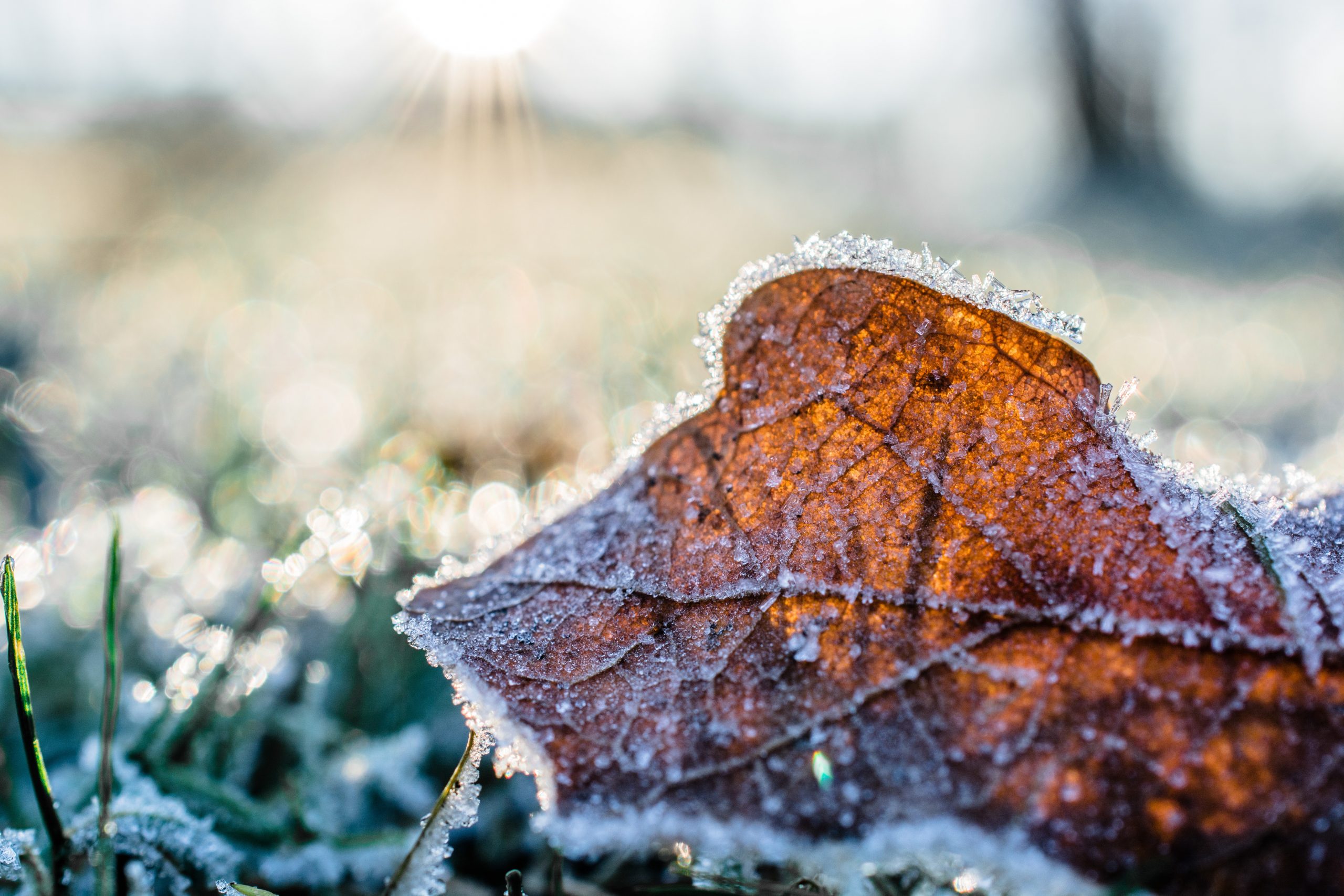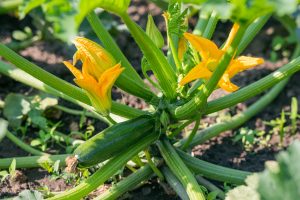Essential End-of-Season Tasks for November
As the days shorten and the air cools, the British garden begins its slow retreat into dormancy. November marks a turning point — a time when the garden slips into hibernation mode and the gardener takes on the role of caretaker rather than cultivator. While the riot of summer colour has faded and most harvesting is done, there’s still plenty to do before winter truly sets in. Putting the garden to bed now ensures healthier plants, tidier spaces, and an easier start come spring.
1. Clear Away the Remnants of Summer
By November, many annuals and tender perennials are past their best. Clearing away dead or diseased foliage prevents the spread of pests and fungi that thrive in damp, decaying matter. Pull out annual bedding plants such as petunias and marigolds, adding only healthy material to your compost heap. Anything blackened by frost or mildew should be disposed of, not composted, to avoid spreading disease.
Perennials can be cut back once their leaves have yellowed and wilted. However, resist the urge to be too neat — some stems, such as those of echinacea, rudbeckia, and sedum, look beautiful when frosted and provide valuable shelter for insects. A balanced approach keeps your garden both tidy and wildlife-friendly.
2. Rake, Collect, and Compost Leaves
Few sights are more autumnal than a carpet of fallen leaves, but left too long, they can smother lawns and border plants. Rake them up regularly and stash them in a dedicated leaf mould bin or black bin bags pierced with air holes. Moisten the leaves slightly if dry, and leave them to decompose naturally. In 12 to 18 months, you’ll have rich, crumbly leaf mould — an excellent soil conditioner.
Oak, beech, and hornbeam leaves are particularly good for making leaf mould, while waxy evergreen or sycamore leaves take longer to break down. Keep these separate if possible.
3. Protect the Soil for Winter
Bare soil is vulnerable to erosion and nutrient loss during the wet winter months. Mulching is an easy way to protect it. Spread a generous layer — about 5cm thick — of well-rotted compost, manure, or bark over flower beds and vegetable plots. This helps retain moisture, suppress weeds, and provide insulation for plant roots.
If your compost supply is limited, prioritise newer beds or those with tender plants. Over time, earthworms will work the mulch into the soil, improving structure and fertility.
4. Lift and Store Tender Plants
Dahlias, cannas, and gladioli, among others, won’t survive the UK’s winter frost outdoors. Once the foliage blackens, lift the tubers carefully with a fork, shake off excess soil, and leave them to dry in a cool, airy place. When dry, cut the stems down to a few centimetres and store the tubers in dry compost or sand in a frost-free shed or garage.
For potted tender plants like pelargoniums or fuchsias, move them indoors or into a greenhouse. Cut back straggly growth and reduce watering — they need just enough moisture to prevent the roots from drying out completely.
5. Divide and Replant Perennials
If clumps of perennials such as irises, daylilies, or hostas have grown too large, November is a good time to divide them. Dig up the entire clump, separate the roots by hand or with a spade, and replant the healthiest sections in refreshed soil. This not only rejuvenates tired plants but also gives you extra specimens for other areas of the garden or to share with friends.
6. Prepare the Lawn for the Cold Months
Lawns benefit from a bit of TLC before winter. Rake away debris and thatch to allow air and light to reach the grass. Use a garden fork to aerate compacted areas, then brush in some fine horticultural sand or lawn topdressing to improve drainage. If your lawn is looking tired, an autumn lawn feed rich in potassium will help strengthen roots before frost arrives.
Avoid mowing too short — the grass should be left slightly longer in winter to resist disease and frost damage.
7. Clean and Store Tools Properly
After a busy growing season, your tools deserve attention. Wash off soil and sap, sharpen blades, and apply a light coat of oil to prevent rust. Drain and coil hoses neatly, and store them indoors to avoid frost cracking. Garden furniture, pots, and containers can also be scrubbed down and stacked away for the season.
This small investment of time pays off in spring, when everything is ready to go without a frantic search for lost trowels or seized-up secateurs.
8. Protect Pots and Containers
Terracotta pots are particularly vulnerable to frost damage, as water trapped in the clay can freeze and crack the surface. Move pots to sheltered spots — against house walls or inside a greenhouse — and lift them off the ground using pot feet or bricks to improve drainage. Wrapping larger containers in hessian or bubble wrap provides additional insulation.
Consider grouping potted plants together; they’ll create a slightly warmer microclimate and shield one another from the wind.
9. Support Garden Wildlife
While tidying is important, don’t make the garden too sterile. A few untidy corners — a pile of logs, a patch of leaves, or some hollow stems — can provide crucial winter shelter for hedgehogs, ladybirds, and solitary bees. If you feed birds, clean feeders regularly and keep them topped up with seeds, suet, and nuts. Providing a shallow dish of unfrozen water can be a lifesaver during icy spells.
Healthy wildlife populations mean fewer pests and a more balanced garden ecosystem come spring.
10. Check Fences, Greenhouses, and Sheds
November storms can wreak havoc on neglected structures. Walk the garden with a critical eye: repair loose fence panels, secure greenhouse panes, and oil shed hinges. Make sure guttering and water butts are clear of leaves — overflowing water can cause damp problems over winter.
If you use a greenhouse, wash the glass inside and out to maximise light levels during the darker months. Replace broken panes and check that vents and doors close properly to keep out cold draughts.
11. Plan Ahead for Next Year
With the major chores done, take a moment to reflect. What grew well this year? What didn’t? Keep a simple notebook or digital journal to record planting times, varieties, and weather notes. These small observations are invaluable when planning next season’s layout.
Now is also the perfect time to browse seed catalogues and order spring bulbs or bare-root fruit trees while stocks last. Dreaming of next year’s garden is part of the pleasure of this quiet season.
12. Embrace the Beauty of the Season
Even as the garden winds down, there’s beauty to be found — the russet glow of beech leaves, the crisp outlines of seed heads, the scent of damp earth. November may lack the flamboyance of summer, but it has its own subtle charm. A tidy, well-prepared garden at rest brings satisfaction — a sense that everything is safely tucked in for the winter ahead.
November isn’t just about endings — it’s about preparation, protection, and patience. By putting your garden to bed properly now, you’re not only preserving its health but also setting the stage for next year’s success. So pull on your gloves, grab your rake, and take pride in this final act of care before winter closes in.




